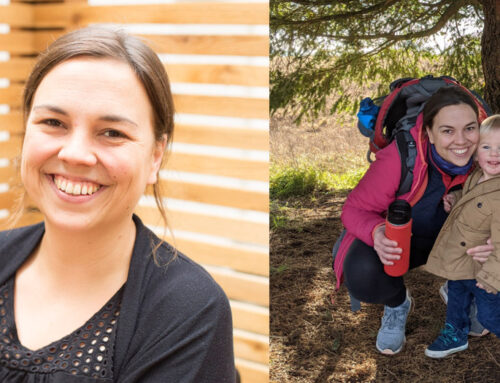If walls could talk, a 100-year-old building would have tales to tell. Historic buildings evoke memories and trigger imaginations. There’s a lot of work that goes into their preservation and restoration, and the conversation often centers around whether it makes more sense to save the building or to start anew. On the development side, economics play a big part in that decision, but it’s about more than that.
When it comes to adaptive reuse, it’s not if we should, but why we should. At the heart of adaptive reuse lies the notion that the most sustainable building is an existing building.
What is adaptive reuse? Simply put, it’s the restoration of an existing building to be used for a different purpose than it was intended. For example, an old firehouse that’s converted into an office building or an old warehouse remodeled to become high-end lofts. Adaptive reuse not only creates a new and functional space, it repurposes existing materials that would otherwise need to be created in a new build. This not only preserves history, it’s better for the environment.
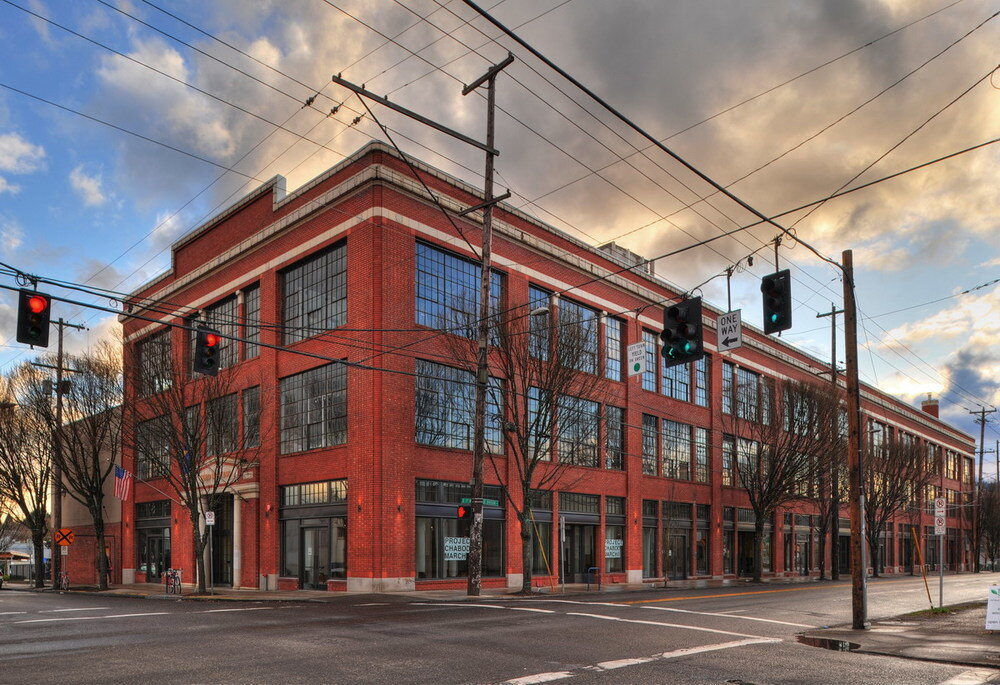
The building construction industry generates a substantial amount of waste and a large portion of that waste comes from demolition. When an old building is destroyed, its components usually end up in a landfill or incinerator, adding to the pollution that harms the environment. The embodied energy consumed from producing the original building (extracting, manufacturing, transporting, etc.) is wasted, and a fresh cycle of consumption begins with construction of the new building in its place.
“The building construction industry generates a substantial amount of waste and a large portion of that waste comes from demolition.”
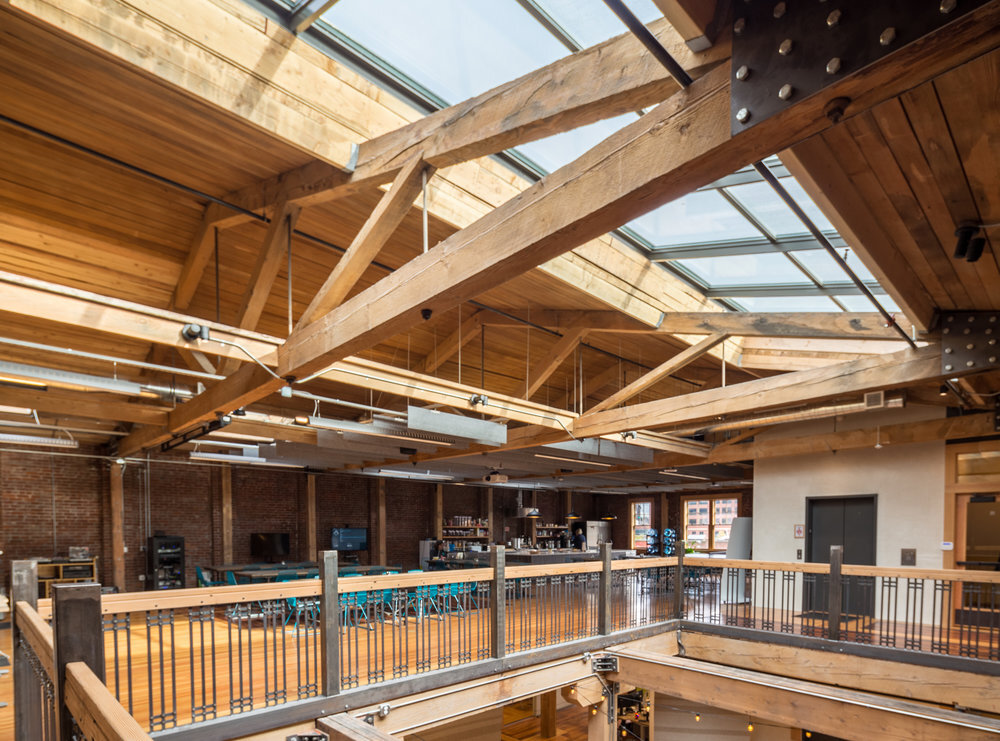
In contrast, preserving and repurposing an existing building saves that energy and reduces the impact on our waste stream. With adaptive reuse, fewer materials need to be created and less of them find their way into the landfill. Of course, adaptive reuse projects do consume some energy and waste, but compared to demolishing and starting new, it will almost always be a more sustainable option.
“With adaptive reuse, fewer materials need to be created and less of them find their way into the landfill.”
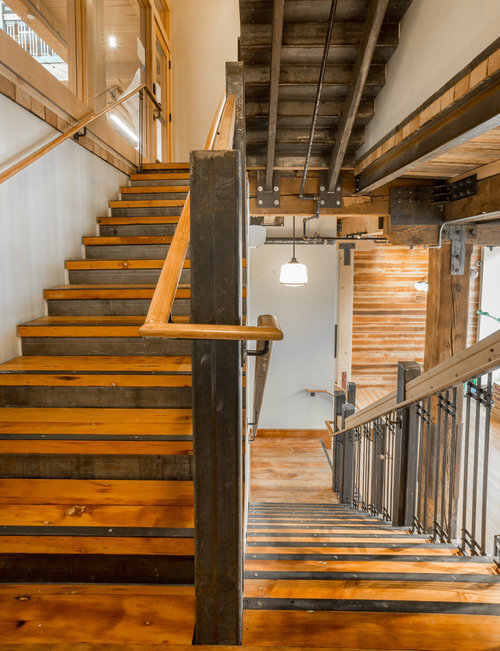
In many cases, historic buildings were constructed with sturdy materials like brick, heavy timber, stone, and concrete. These materials have strength and beauty that’s stood the test of time for centuries, unlike many of the less enduring products common in today’s construction. We’ve seen the negative impact of single-use plastics on our environment–we shouldn’t use the same disposable mentality on our building stock.
“We’ve seen the negative impact of single-use plastics on our environment – we shouldn’t use the same disposable mentality on our building stock.”
The argument for adaptive reuse is about more than sustainability. It’s about preserving our heritage. Architecture is tangible history and our buildings tell the stories of generations past. These buildings reflect the evolving personality of our growing cities, physically connecting us with periods of time in ways that we couldn’t otherwise experience. Preservation isn’t only about retaining an emotional connection to our past–historical and cultural heritage has been shown to increase tourism and boost local economies, ensuring the future success of our cities and neighborhoods.
“The argument for adaptive reuse is about more than sustainability. It’s about preserving our heritage.”
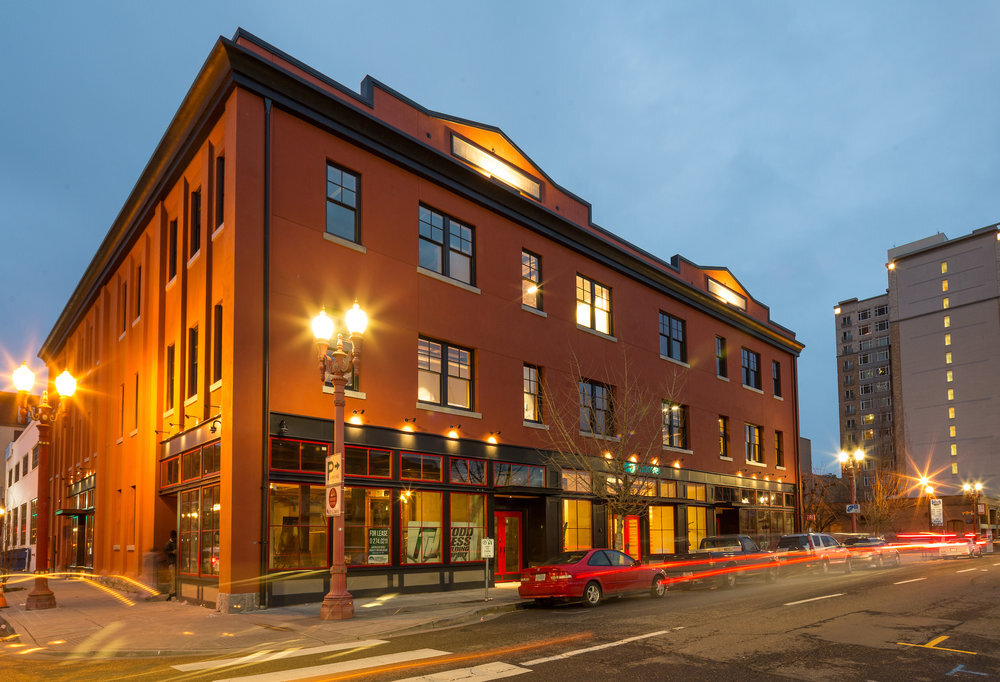
The truth is, if we view the choice to demolish or reuse strictly through the lens of development cost, sometimes the economics will work out and sometimes they won’t. Factor in a seismic upgrade on top of general renovation costs and the margins can become tighter. Adaptive reuse often favors long-term investment over short-term gains, but the equation could change as energy costs continue to rise. More importantly, the choice for adaptive reuse is a statement of values. It’s an expression of respect for our environment, conservation of our resources, and preservation of our history. Through these values, adaptive reuse embraces our past to help us create a better future.




